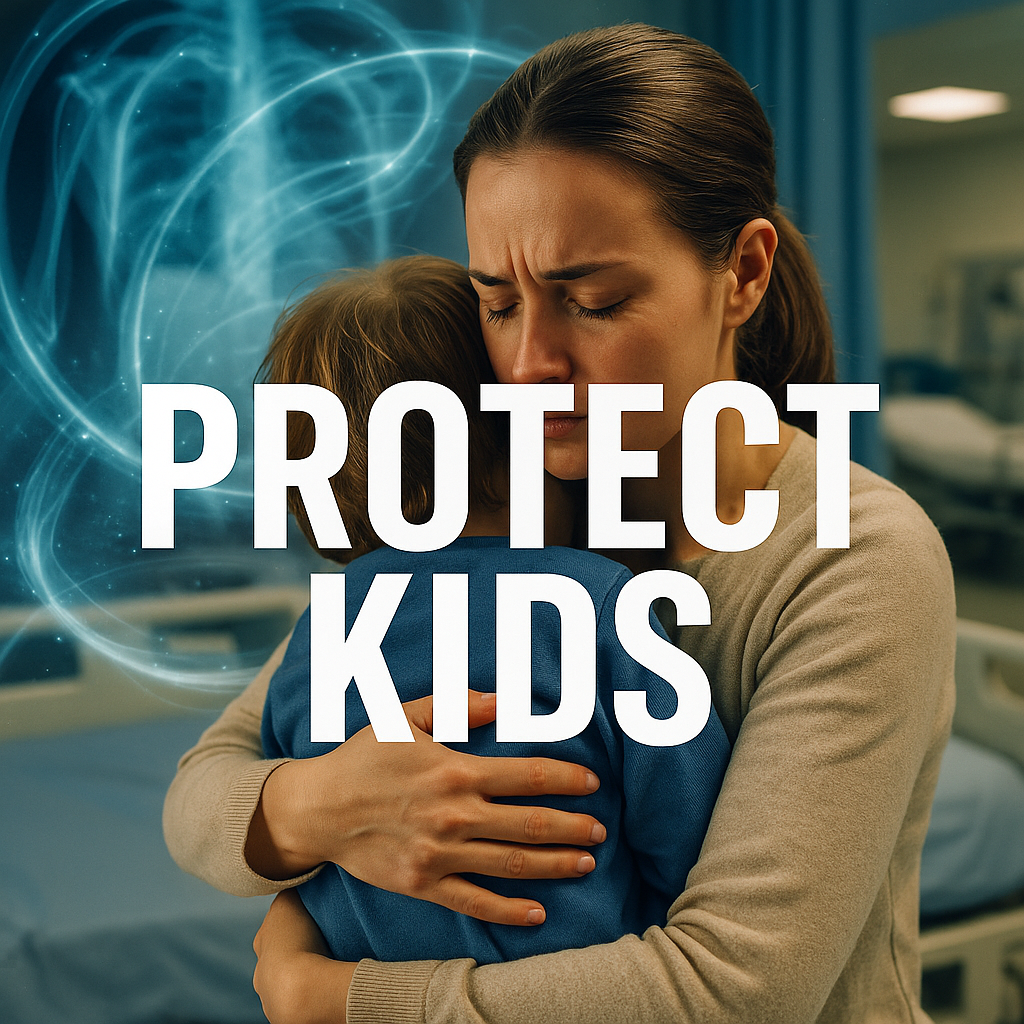
Radiation Risks: Protect Kids from Scan Overdose ⚠️
Share ❤️
When an X‑ray or CT scan is needed, we hope it’s safe — but new data suggests caution.
Medical imaging saves lives, but it also exposes patients to ionizing radiation. A study examining nearly four million children found that around 10% of blood and bone marrow cancers may be attributable to radiation from imaging. The risk increases with cumulative dose — a single head CT was linked to roughly double the cancer risk, and multiple scans tripled it.
This doesn’t mean rejecting imaging outright. The researchers emphasize using scans only when they provide essential information and requesting the lowest possible dose. In many cases, non‑ionizing alternatives such as ultrasound or MRI can diagnose problems just as effectively. Children’s cells divide rapidly, making them more radiosensitive; parents and physicians must weigh immediate benefits against potential long‑term risks.
Advocate for your child by asking if the scan is necessary, whether an ultrasound or MRI could suffice, and ensuring that radiation settings are tailored to small bodies. Empower yourself with knowledge — safeguarding the body is a core vitality practice.
Checklist
[ ] Ask why the scan is needed — ensure it’s essential.
[ ] Inquire about non‑ionizing options like ultrasound or MRI.
[ ] Request the lowest possible radiation dose and pediatric protocols.
[ ] Keep a record of previous scans to avoid unnecessary repeats.
Emotional Trigger
Your child’s cells can’t speak up — but you can. How many scans would you accept if one could harm them?
Unpopular Fact
CT scans deliver dozens of X‑ray doses at once. A single head CT may double a child’s risk of blood cancer.
Anecdote
After a minor fall, Tom’s doctor recommended a CT scan. His mother asked if an ultrasound could work. It did, sparing Tom unnecessary radiation while still revealing a minor sprain.
Closing Beat: Informed parents can advocate for safer care.
Advocate, because Your body never lies.










